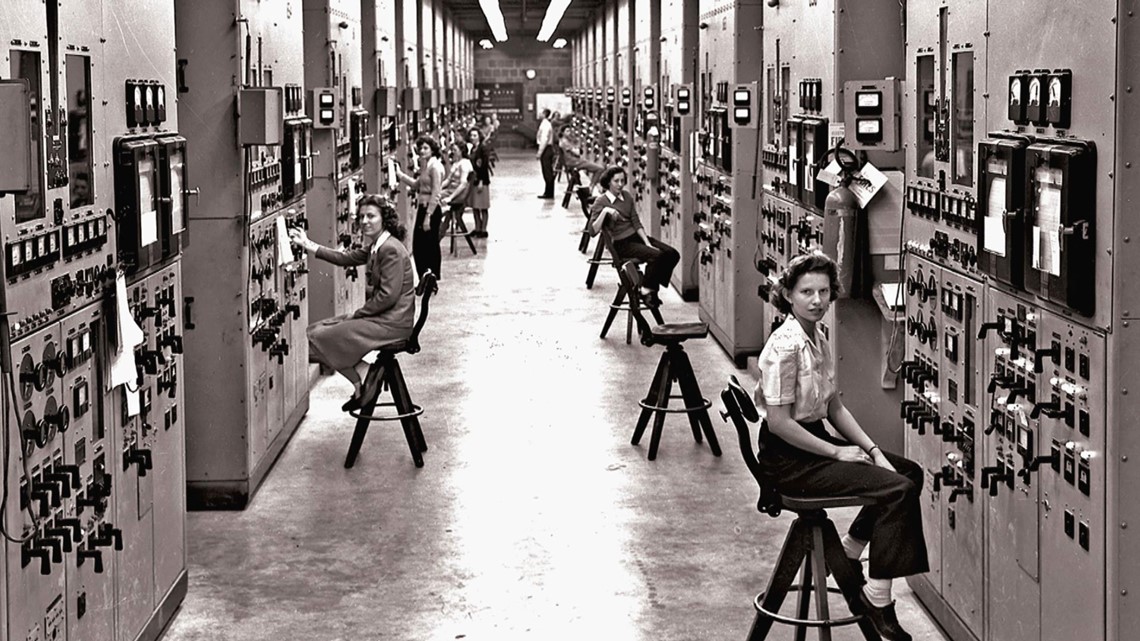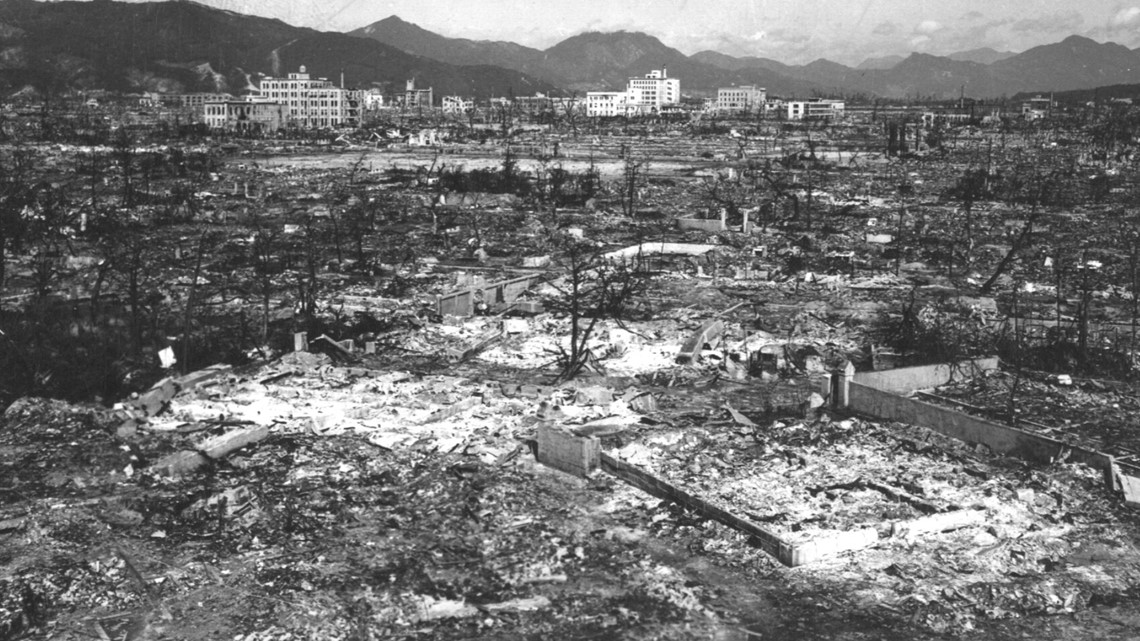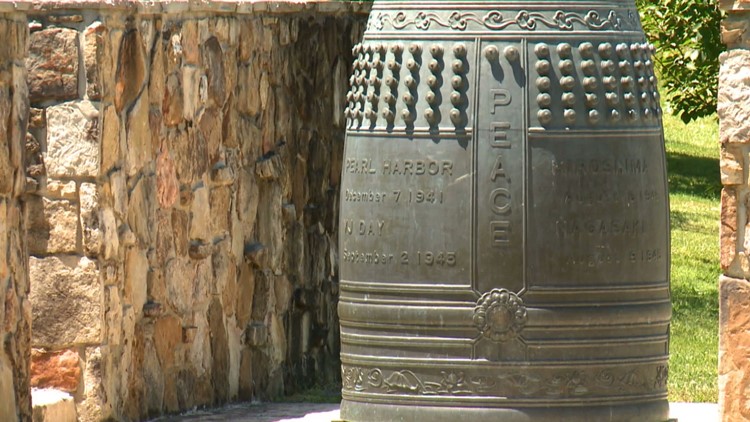OAK RIDGE, Tenn — The International Friendship Bell rang out 79 times on the morning of Aug. 6 to mark the years since the Hiroshima bombing in Japan during World War II.
In 1945, the United States dropped two atomic bombs — one on Aug. 6 in Hiroshima and one on Aug. 9 in Nagasaki.
The "Secret City," also known as Oak Ridge, was Tennessee's key site during The Manhattan Project. The facilities within the Secret City were in charge of enriching uranium which was then sent to a lab to further the process of the construction of the atomic bombs.
"Many of the people who were alive then are no longer alive today. Still, the idea of peace and remembering the past is still relevant," said Christopher Derman with the National Parks Service.
According to the U.S. Department of Energy's Office of History and Heritage Resources, Hiroshima had a civilian population of almost 300,000 with a military center containing 43,000 soldiers.
"The Manhattan Project and the devastation that its successful outcome wrought are inexplicable outside the context of the Second World War," the department said.
What was the Manhattan Project?
During the Second World War, the U.S. carried out a secret program titled "The Manhattan Project," which ultimately led to the creation of the atomic bombs, according to the National Park Foundation.
"The project began as a race to acquire the bomb before Nazi Germany did, and the prospects of an atomic bomb in the hands of one of the world's most oppressive and murderous regimes were chilling indeed," the Department of Energy said.
The Manhattan Project and its three separate sites of Washington, New Mexico and Tennessee each played a pivotal role in the creation of those bombs and the loss of hundreds of thousands of lives their success entailed.
The Washington location of Hanford was responsible for creating large quantities of plutonium, displacing many Native American tribes for the massive facility to be constructed. The location was once home to over 50,000 workers, NPF said.
The location of Los Alamos was the foundation of the project, featuring the home and construction of the atomic bombs by more than 6,000 scientists and workers, NPF said.
The final location of Oak Ridge in East Tennessee was an industrial complex and city home to over 75,000 people.


"This complex served as the headquarters for the Manhattan Project as well as a center for plutonium production and uranium enrichment," NPF said.
Outcome of atomic bombs dropped on Hiroshima and Nagasaki
According to the DOE, around 70,000 people most likely died as a result of the initial blast in Hiroshima.
"Those closest to the explosion died instantly, their bodies turned to black char. Nearby birds burst into flames in mid-air, and dry, combustible materials such as paper instantly ignited as far away as 6,400 feet from ground zero," the department said.
The effect from the bombs burned patterns of clothing onto skin, cast the shadows of those caught in the blast onto nearby walls and ultimately killed around nine out of 10 people within half a mile or less from ground zero, according to the department.
"By the end of 1945, because of the lingering effects of radioactive fallout and other after effects, the Hiroshima death toll was probably over 100,000," the department said. "The five-year death total may have reached or even exceeded 200,000, as cancer and other long-term effects took hold."
This estimation of Hiroshima's death toll does not include the 60,000 to 80,000 people who lost their lives in the initial blast at Nagasaki or the long-term effects of those within the area.





